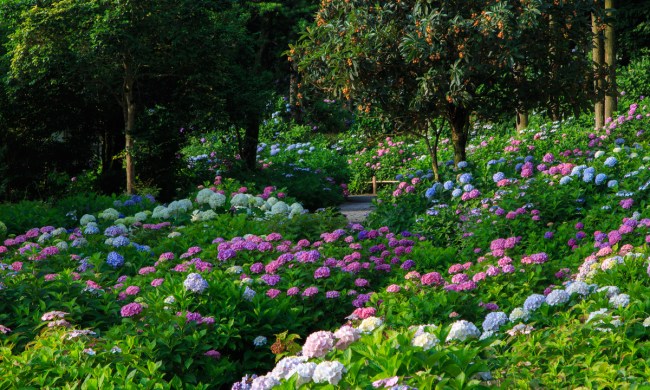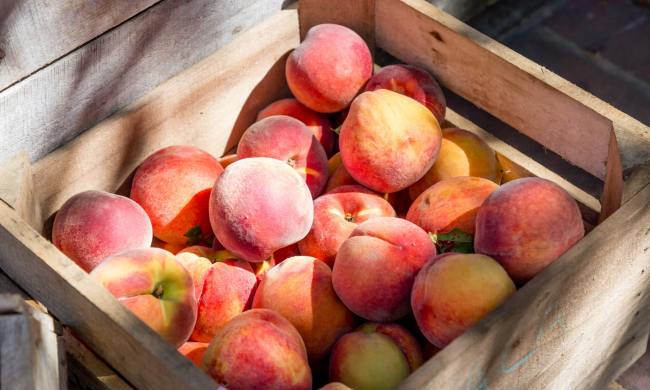From show-stopping roses to hardy agave, zone 9b is home to plants of all stripes, thanks to its warm, sunny conditions. It’s also an ideal environment for a wide range of fruits and veggies, whether you’re partial to hot peppers or sweet cherries. With its hot summers and mild winters, gardeners in zone 9b have a wide range of options to pick from when planning a garden. If that sounds overwhelming, this zone 9b planting guide is here to help. We’ll walk you through everything you need to know when planting your next garden in USDA Hardiness Zone 9b.
What is a climate zone?
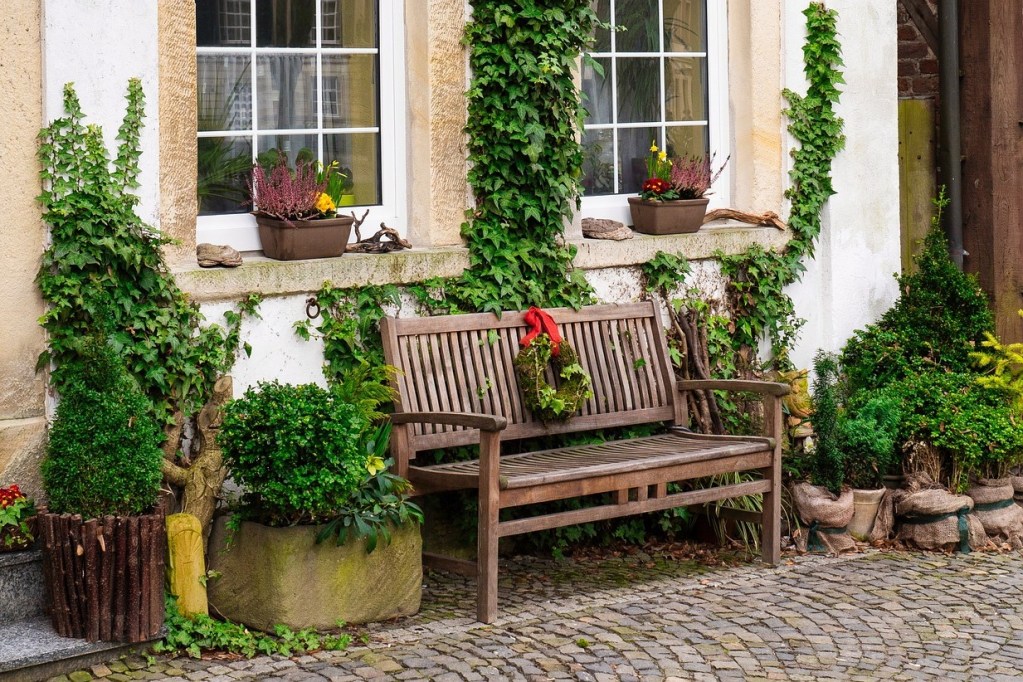
With climate zones on the Plant Hardiness Zone Map, the United States Department of Agriculture divides the country into 13 regions based on average annual minimum temperature ranges. The temperature ranges go from coldest to hottest as we move from zone 1 to 13. Zone 9b, as you may have already guessed, falls on the warmer parts of the map.
Whenever you buy a plant from a store, look for the label that indicates the “plant hardiness zone.” If your zone is within that range, the plant is a perennial in your area, meaning it’ll last more than one growing season there. If not, you’ll have an annual on your hands, which means it probably won’t survive more than one growing season in your region.
Here’s the deal: Climate zone is a helpful metric when selecting plants for your garden, but you should also account for the specifics of your microclimate beyond temperature — think about factors such as rainfall, soil quality, and light exposure.
Where is zone 9b?

Zone 9b is a diverse area that encompasses the southernmost parts of the country, stretching from California to Florida. Zone 9’s annual minimum temperature ranges between 20 and 30 degrees Fahrenheit. Focusing on zone 9b allows us to get more granular — zone 9b’s minimum temperatures typically range between 25 and 30 degrees Fahrenheit.
This zone gets frost every now and then, but it usually stays warm and has hot summers. If you play your cards right and plant strategically, you can enjoy multiple growing seasons in a year.
What to grow in zone 9b

Zone 9b can be a host to an abundance of plant species. Still, keep in mind microclimate conditions, such as dry soil, excess humidity, and seaside spray as you select plants for your garden. To help you start a zone 9b garden, here are a few picks that do well in this area.
Flowers to grow in zone 9b
Warmth and sunlight are abundant in zone 9b, which means it teems with happy blooms. Showy flowers, such as amaryllis, iris, and hibiscus, can thrive in full sun here. Sunny zone 9b can also be the ideal home for one of the loveliest flowers of all: roses. If you can give these beautiful plants bright light and well-draining soil year-round, you’ll be rewarded with blooms all year.
If you have a shadier space to work with, consider begonias and peonies to spruce up your zone 9b landscape. Perennial wildflowers, such as columbine, yarrow, coneflowers, California poppies, black-eyed Susans, and butterfly peas, can also be low-maintenance additions to your zone 9b garden.
Foliage plants to grow in zone 9b
You can enjoy a wide variety of ornamental foliage in zone 9b, including ground covers and other low-growing plants. In the world of shrubs, mulberry, juniper, and elderberry can be great zone 9b garden additions if you’re looking for some green texture. If you live in an arid part of zone 9b, you can enjoy hands-off succulents of all kinds, including prickly pear cacti and agave.
Trees to grow in zone 9b
Whether you’re growing them for shade or privacy, trees can do quite well in zone 9b, and you will have a range of varieties to choose from. In particular, oaks, maples, and pines can truly thrive in zone 9b. If you’re partial to statement colors, we recommend looking into showy trees such as ginkgo and red maple trees.
Beautiful flowering trees, such as magnolia and crepe myrtle trees, can also bloom prolifically here. Those eager to grow fruiting trees won’t be disappointed either — we’ll talk more about potential fruiting tree options below. If you live in a particularly dry part of zone 9b, you’ll be glad to know that many of these aforementioned trees are also drought tolerant.
Zone 9b planting schedule

The first frost in zone 9b generally falls around mid-December, while the last frost pops up around early March. You might get some subfreezing temperatures in this area, so consider looking into winter reinforcements such as row covers and frost blankets for the coldest days of the year. As an option, you can start seeds indoors in late January or directly sow them outside mid to late March. Zone 9b is a welcoming environment for edible plants, but you want to do a little planning to ensure your crops survive. You should grow more tender veggies, such as spinach and lettuce, during the early or very late parts of the growing season so they don’t bolt.
When you face hot summers, remember to amply water your soil and mulch your trees to help them stay hydrated. After the height of summer, you can fit in another growing cycle from around September to December, so schedule your crops accordingly.
Zone 9b fruits and vegetables
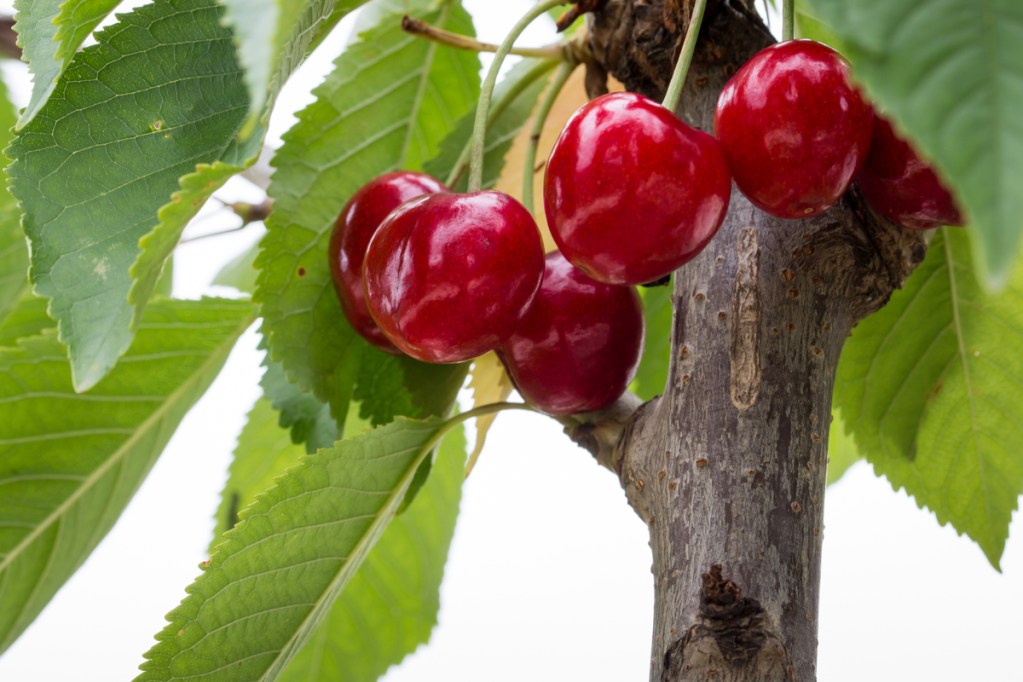
You can grow a cornucopia of food in zone 9b, whether you love fresh, juicy tomatoes, sweet apricots, or hot peppers. While zone 9b’s summer heat can be overwhelming for some edibles, many plants will thrive in it. If you’re curious about what you can plant in this lovely, warm climate, here are a few suggestions to get you started on your gardening journey.
Zone 9b fruits
A wide variety of fruit trees can thrive in zone 9b, including citrus, persimmon, avocado, and fig trees. Just keep in mind that some fruit trees, such as cherries, peaches, and apples, require a chilling period to flower, so your yield may depend on the variety that you pick. Usually, nurseries will carry cultivars that suit their local climates. Besides fruit trees, vining fruits, such as melons, grapes, tomatoes, and blackberries, can also do quite well in warm zone 9b.
Zone 9b vegetables
Warm-weather vegetable crops that thrive in zone 9b include beans, sweet potatoes, squashes, eggplants, peppers, and okras. (Many of these are, technically speaking, fruits.) Other vegetables are more tender. Zone 9b cool season crops that do best in autumn and winter include beets, broccoli, kale, and spinach. For garnish, try growing heat-resistant herbs, such as basil, rosemary, and thyme.
Is zone 9b considered tropical?
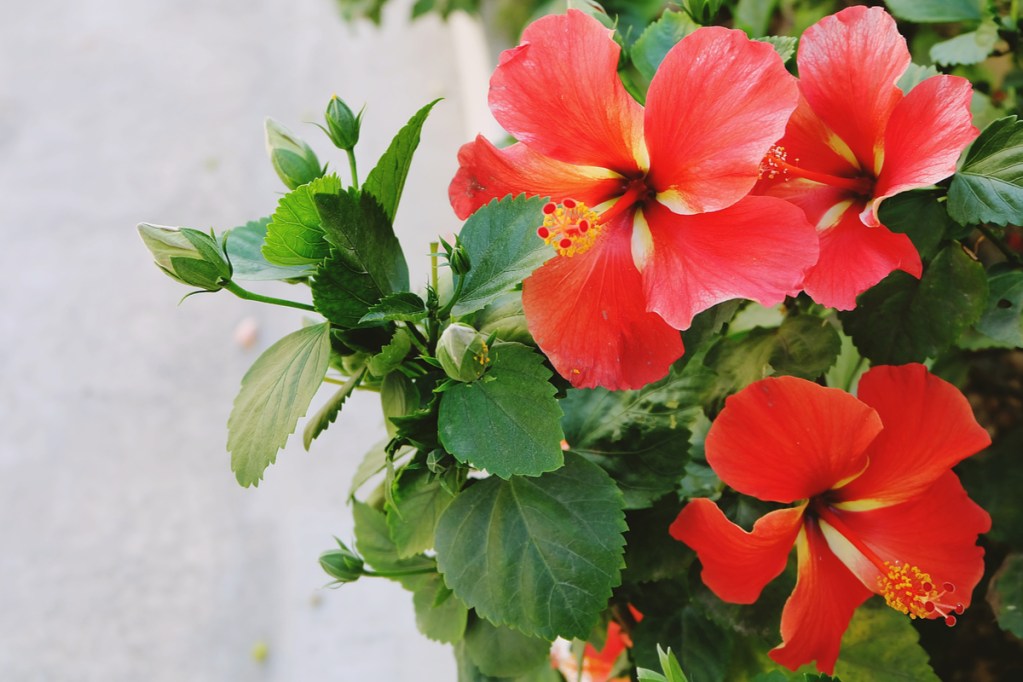
You can grow several popular tropical plants in zone 9b, but it is technically subtropical. That means it’s almost tropical (and can sometimes feel tropical during the summer), but is a little too cold in the winter to be considered tropical. Subtropical regions occur above and below the tropics, which are around the equator. Zone 9b is just a little too far north to be truly tropical.
However, as a subtropical zone many tropical plants can be grown there, provided they are given adequate protection in the winter. Although it isn’t truly topical, the hot summers and bright sunlight may make it feel like a tropical paradise in your garden!
Occasionally, you might have tender, cold-tolerant plants that need to be treated as annuals in zone 9b. That said, limits are far and few with the region’s ample sunlight and warm soil, which both contribute to a long growing season. No matter if you want to devote your space to flowers, ornamental foliage, trees, fruits and vegetables, or some combination of all those options, you can tend a lovely zone 9b garden with some planning.


